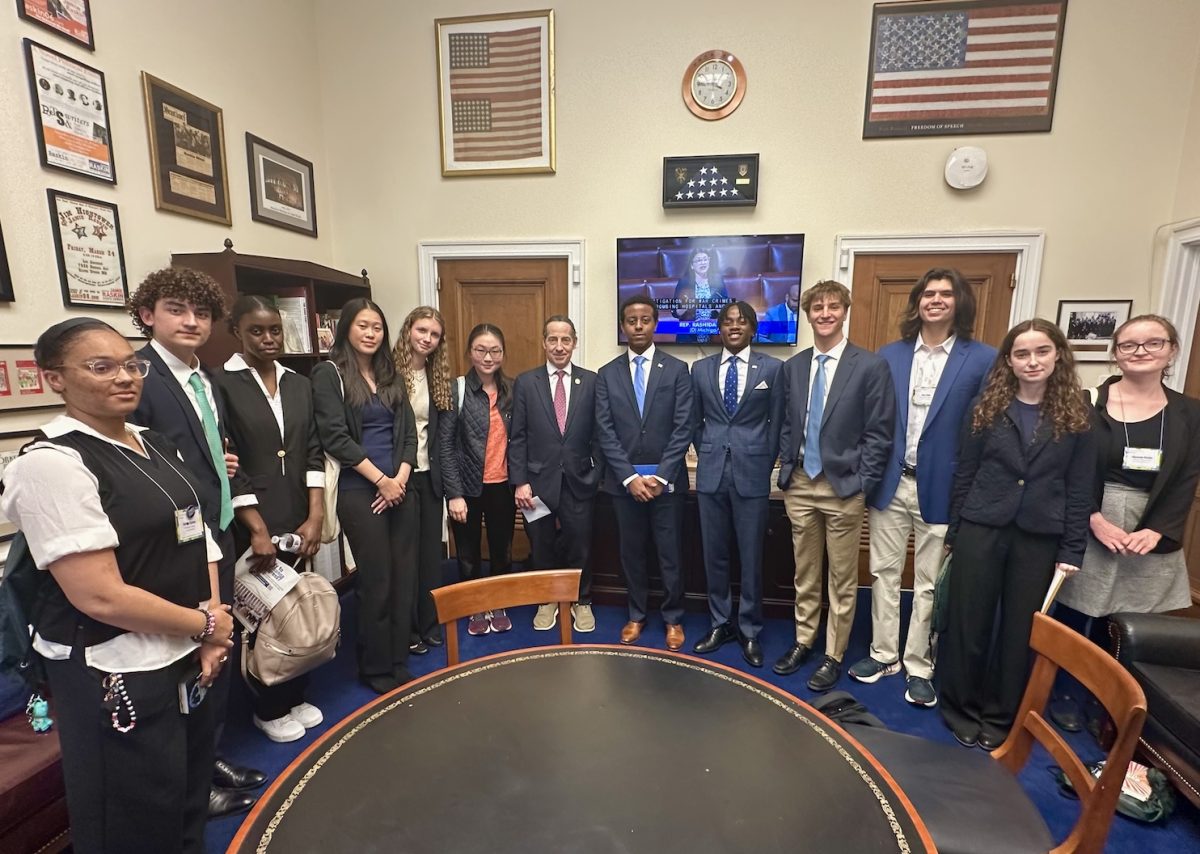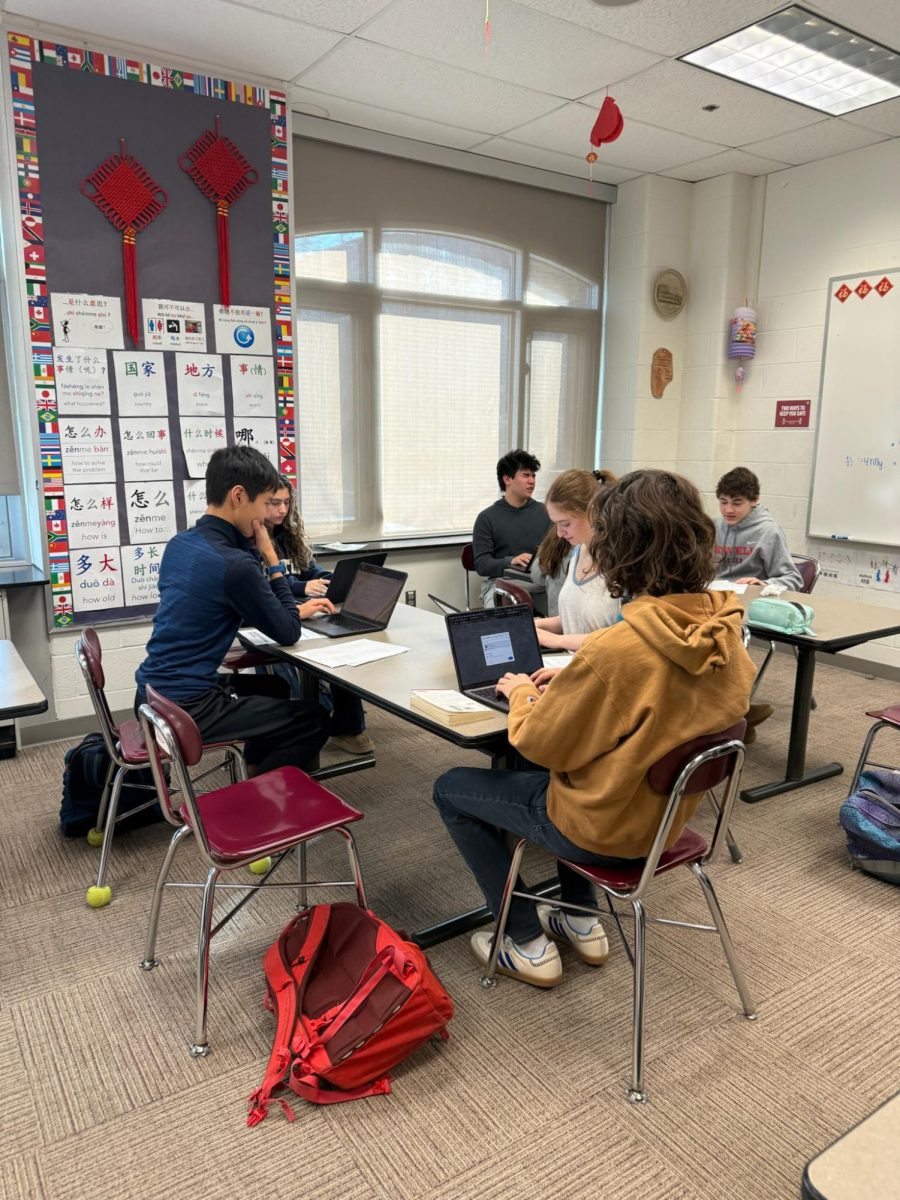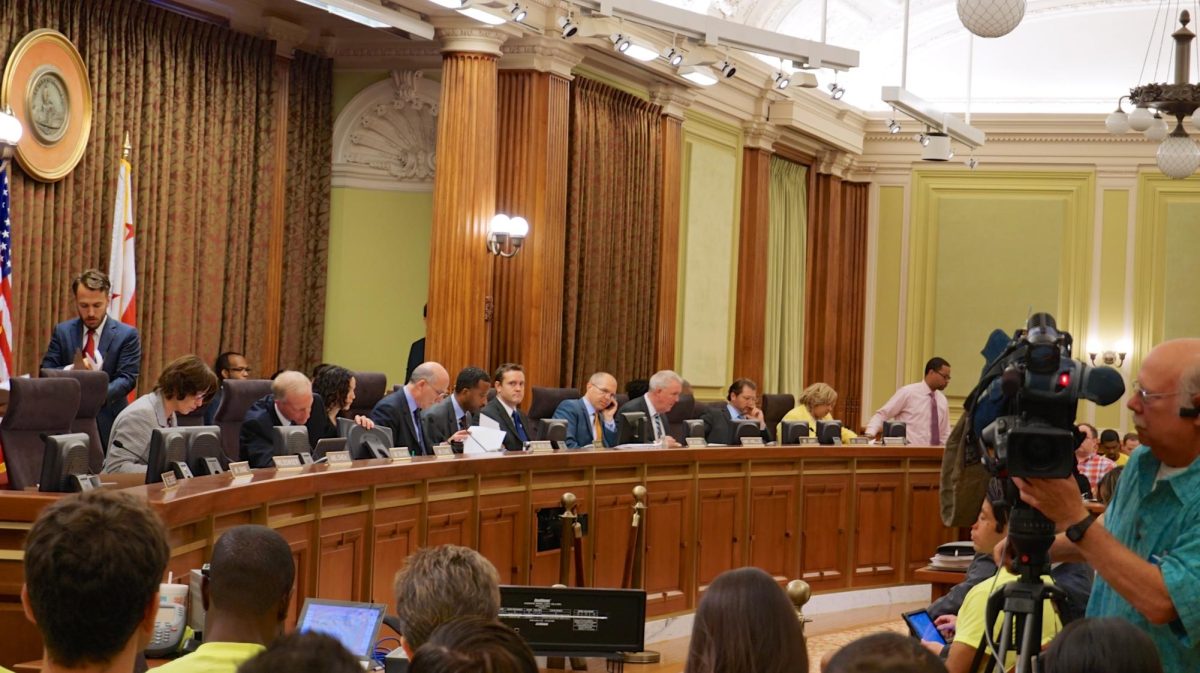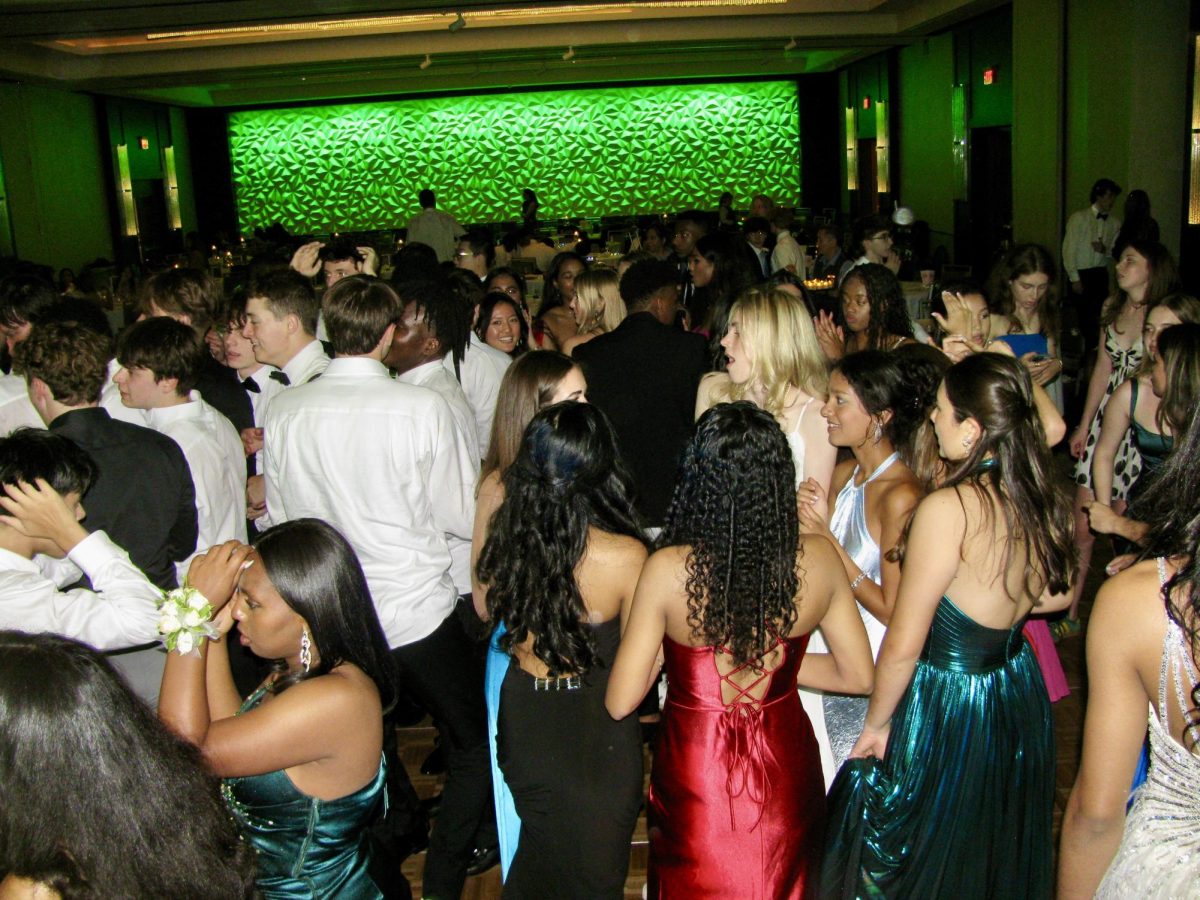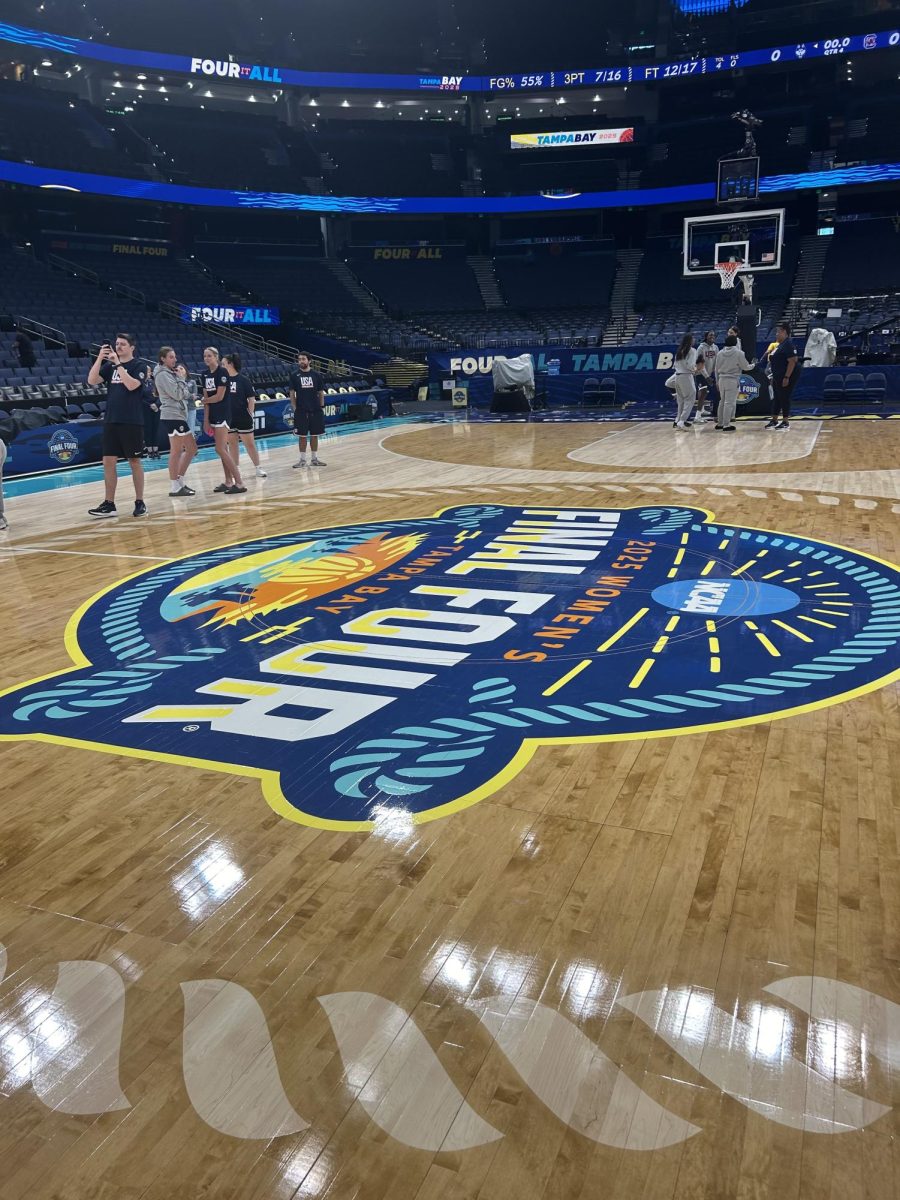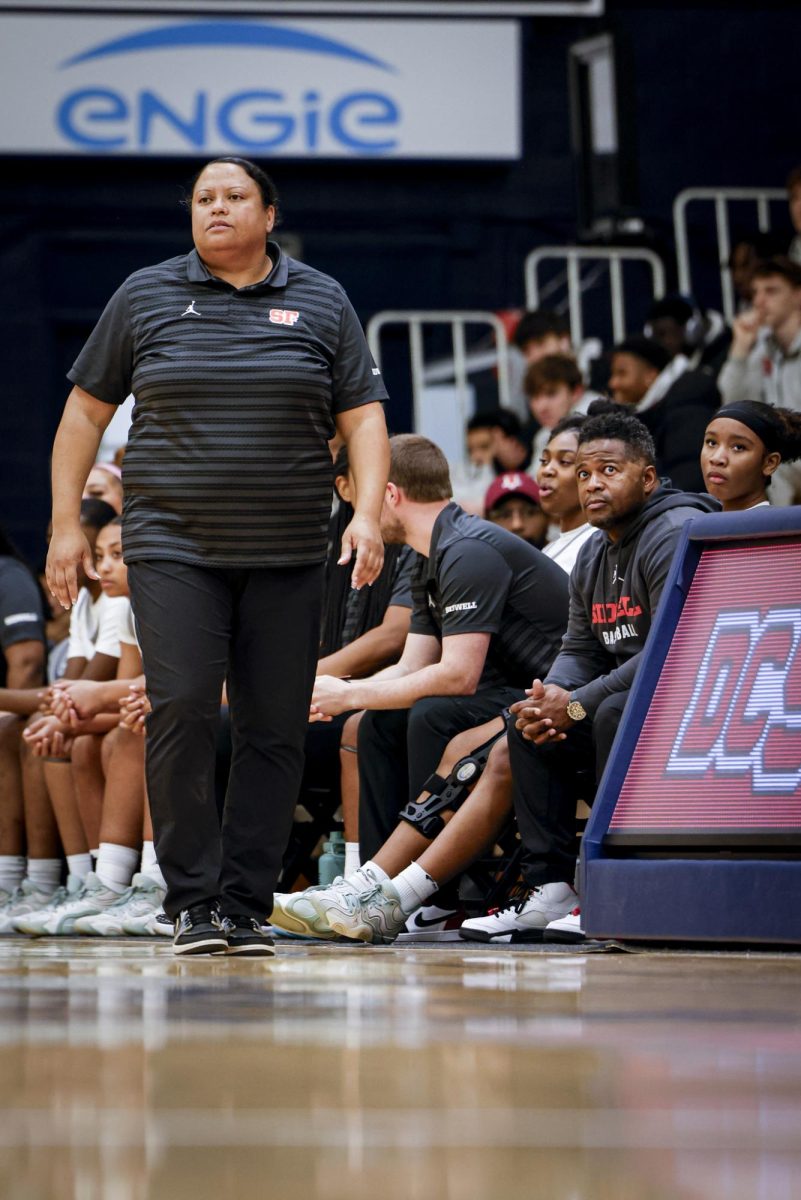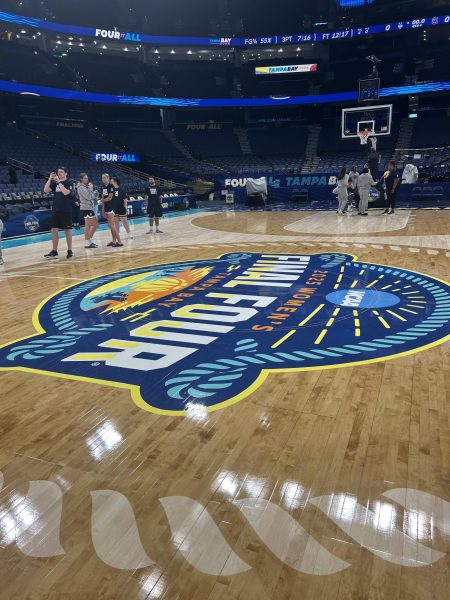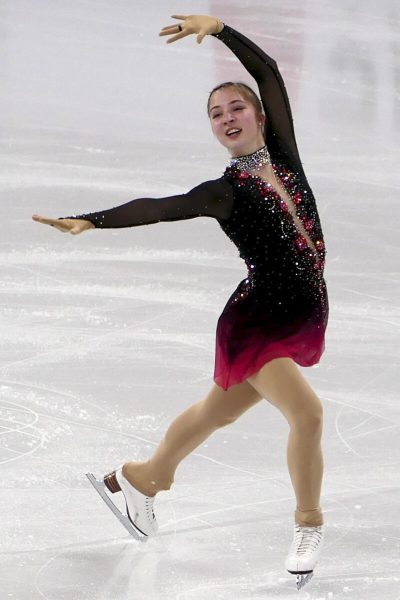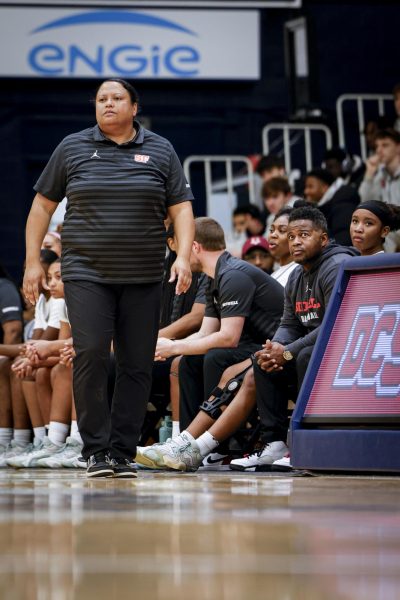The Revival of Baseball: WBC and MLB Rule Changes
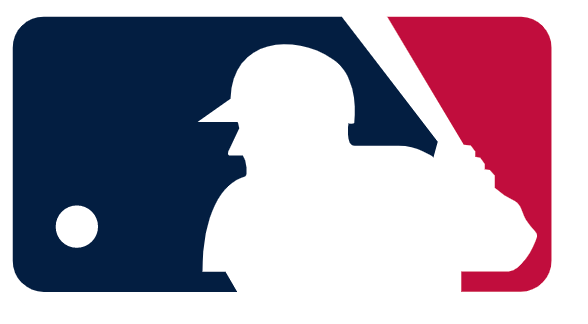
Team USA’s 30-man roster featured 21 MLB All-Stars. Photo: Major League Baseball via Wikimedia Commons.
With baseball viewership on the decline for decades, the MLB has sought ways to boost engagement in the sport. Since 2006, the MLB has organized an Olympics-type tournament called the World Baseball Classic (WBC) that occurs every three to four years. The WBC is composed of baseball players from around the world, with countries such as Japan, the U.S., Cuba and Mexico participating. MLB players, such as San Diego Padres outfielder Juan Soto and Los Angeles Dodgers first baseman Freddie Freeman, also take part in the tournament.
Though it has always been somewhat popular, the WBC garnered record viewership this year. According to the MLB, viewership of the WBC championship game between the U.S. and Japan was almost double what it had been in past years, jumping from 3 million to 5.2 million people watching in the U.S. alone. The first games of the WBC also saw jumps in viewership from 500,000 to over 1 million people in the U.S. Internationally, viewership also increased, with the Japan versus Korea game being the most watched sports game in Japanese history — the game was watched more than any event at the Tokyo Olympics from inside Japan, per ESPN. Similarly, viewership of the Dominican Republic versus Puerto Rico game increased over 75% from 2017, with 62% of all TVs in Puerto Rico tuned to the game, according to the MLB.
Along with the WBC, the MLB recently created a set of rules to boost viewership by making baseball more fast-paced and action-filled. The first and most significant rule change is the pitch clock — pitchers now only have 15 seconds between every pitch. While this might seem like a long time, games have already been significantly shorter than last year. According to ESPN, the length of games is down 31%, from three hours to 2 ½ on average. Games this year are the shortest they have been since 1984, with one game between the Miami Marlins and the Minnesota Twins even finishing in less than two hours.
The second major rule change was an increase in base size. This year, the MLB increased base size from 15 square inches to 18 square inches with the goal of eliminating base running injuries and encouraging teams to attempt steals. With the increased base size, distance between bases is shorter. On opening day, runners were 21 for 23 in attempted steals, while on last year’s opening day, they were five for nine attempts, according to the MLB. Not only did the number of stolen bases more than double, but the success rate was significantly higher: 91% versus 55%, per the MLB. If this massive increase in the rate of stolen bases continues, base paths will be much more active this year.
The MLB implemented another rule limiting defensive shifting. Teams can no longer position an infielder in the outfield grass or on the other side of the infield. In past years, teams used statistical analysis to position their fielders to where each batter most often hit the ball. This led to drops in batting average across the league. Little offensive production made baseball less interesting to viewers. Banning defensive shifts provides for more hits and, therefore, higher batting averages. Since the MLB batting average in 2022 was the lowest it has been in years, there will likely be an increase in averages with the new shift rule.
Several Upper School students are in favor of the new rules. “I believe that the rules are a good addition to the game,” junior and varsity baseball player William Friedman said. “To be honest I think some rules like the shift are unnecessary, but I see no detrimental effects,” he added.
“I enjoyed how fast the games were and think that the pitch clock was definitely a good edition,” freshman and JV baseball player Elie Fisher said.

Stephen Koopersmith is a Sports Editor for Horizon. Prior to this, he worked as a Staff Writer for the newspaper.








